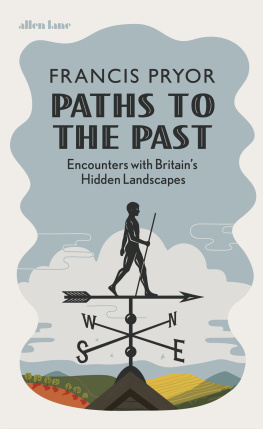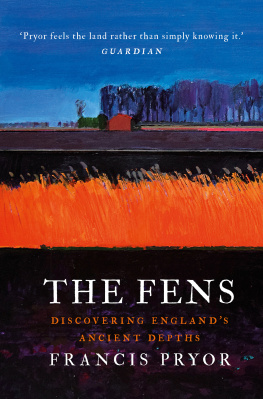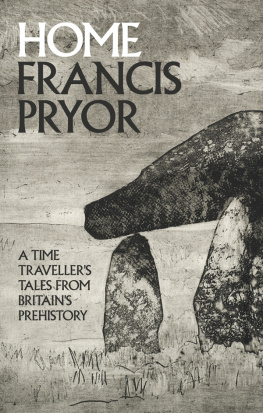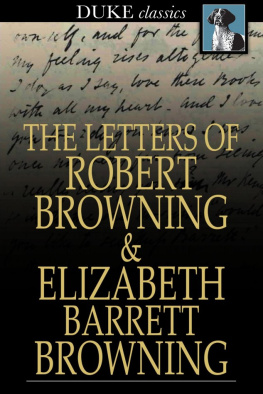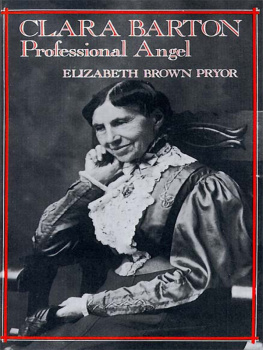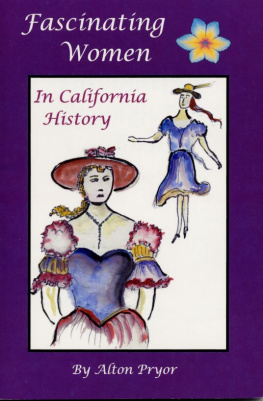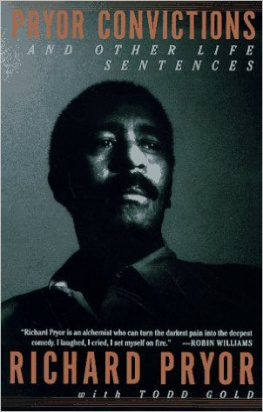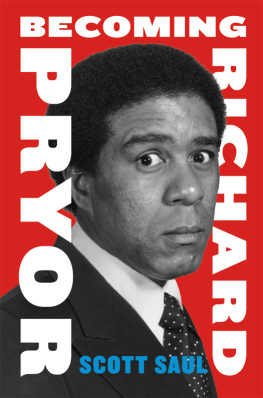Elizabeth Brown Pryor
Reading the Man
A Portrait of Robert E. Lee
Through His Private Letters
VIKING
VIKING
Published by the Penguin Group
Penguin Group (USA) Inc., 375 Hudson Street,
New York, New York 10014, U.S.A.
Penguin Group (Canada), 90 Eglinton Avenue East, Suite 700, Toronto, Ontario, Canada M4P 2Y3 (a division of Pearson Penguin Canada Inc.). Penguin Books Ltd, 80 Strand, London WC2R 0RL, England. Penguin Ireland, 25 St. Stephens Green, Dublin 2, Ireland (a division of Penguin Books Ltd). Penguin Books Australia Ltd, 250 Camberwell Road, Camberwell, Victoria 3124, Australia (a division of Pearson Australia Group Pty Ltd). Penguin Books India Pvt Ltd, 11 Community Centre, Panchsheel Park, NewDelhi110 017, India. Penguin Group (NZ), 67 Apollo Drive, Mairangi Bay, Auckland 1311, New Zealand. (a division of Pearson New Zealand Ltd.). Penguin Books (South Africa) (Pty) Ltd, 24 Sturdee Avenue, Rosebank, Johannesburg 2196, South Africa
Penguin Books Ltd, Registered Offices: 80 Strand, London WC2R 0RL, England
First published in 2007 by Viking Penguin, a member of Penguin Group (USA) Inc.
Copyright Elizabeth Brown Pryor, 2007
All rights reserved
Grateful acknowledgment is made for permission to reprint excerpts from the following copyrighted works:
John Browns Body, by Stephen Vincent Bent. Copyright 1927, 1928 by Stephen Vincent Bent. Copyright renewed 1955 by Rosemary Carr Bent. Reprinted by permission of Brandt & Hochman Literary Agents, Inc.
Burnt Norton from Four Quartets by T. S. Eliot. Copyright 1936 by Harcourt, Inc. and renewed 1964 by T. S. Eliot. Reprinted by permission of Harcourt, Inc. and Faber and Faber Ltd.
LIBRARY OF CONGRESS CATALOGING IN PUBLICATION DATA
Pryor, Elizabeth Brown.
Reading the man: a portrait of Robert E. Lee through his private letters / Elizabeth Brown Pryor.
p. cm.
Includes bibliographical references and index.
ISBN: 978-1-1012-0246-3
1. Lee, Robert E. (Robert Edward), 18071870. 2. Lee, Robert E. (Robert Edward), 18071870Correspondence. 3. GeneralsUnited StatesBiography. 4. GeneralsConfederate States of AmericaBiography. 5. United StatesHistoryCivil War, 18611865Personal narratives, Confederate. 6. Confederate States of America. ArmyBiography.
I. Lee, Robert E. (Robert Edward), 18071870. II. Title.
E467.1.L4P795 2007
973.7'3092dc22
[B] 2006047218
Without limiting the rights under copyright reserved above, no part of this publication may be reproduced, stored in or introduced into a retrieval system, or transmitted, in any form or by any means (electronic, mechanical, photocopying, recording or otherwise), without the prior written permission of both the copyright owner and the above publisher of this book.
The scanning, uploading, and distribution of this book via the Internet or via any other means without the permission of the publisher is illegal and punishable by law. Please purchase only authorized electronic editions and do not participate in or encourage electronic piracy of copyrightable materials. Your support of the authors rights is appreciated.
To the memory of another great southern gentleman
DONALD WAYNE HOWARD
19532004
Worshipped, uncomprehended and aloof,
A figure lost to flesh and blood and bones,
Frozen into a legend out of life,
A blank-verse statue
How to humanize
That solitary gentleness and strength
Hidden behind the deadly oratory
Of twenty thousand Lee Memorial days,
How to show in spite of all the rhetoric,
All the sick honey of the speechifiers,
Proportion, not as something calm congealed
From lack of fire, but ruling such a fire.
A Greek proportionand a riddle unread.
And everything we have said is true
And nothing helps us yet to read the man.
Stephen Vincent Bent, John Browns Body
Contents
Preface
R OBERT E. L EE S personal saga is one of the most riveting stories of American history. It is a family tale; a national epic; a theater piece worthy of Shakespeare. I entered this drama quite literally through the rear stage door. On a summer day many years ago I climbed the back steps to Arlington, and walked into Lees house and life. I was there for a temporary job with the National Park Service, working on research for the restoration of the property, and was given access to letters and papers that at that time were restricted for general use. To say they were a revelation would be a powerful understatement. Like so many Americans, I knew a little of Lees story, or at least was familiar with its exoskeleton. I was aware that Lee was a regional icon, and that generations had been taught to revere his ability to inspire devotion and to lose with dignity. I also knew he had grown to be a polarizing figure, a symbol of values both lofty and low. Agnostic myself, I was neither filled with awe for Lee, nor disdainful of his decisions. Like his acquaintance Mary Boykin Chesnut, I thought him too cold and quiet and grand to be of much interest.1 The very name Robert E. Lee I knew to be an artifice, for neither he nor his family and friends ever used ita fitting pseudonym, I thought, for an empty mythological creature. Until I read his letters it could not have occurred to me to describe Lee with the adjectives that now hurry to my mind: witty, bourgeois, self-justifying, scientific, lusty, disappointed.
Everything we have said is true, sings poet Stephen Vincent Bent in the epigraph to this book. And nothing helps us yet to read the man. Bent challenged picklock biographers to find a more substantial person; to question the stagecraft surrounding Lee; to find the man enclosed within that image.2 Inspired by the resonance of Lees own words, I set out to do just that.
Along the way I discovered a treasure trove of unpublished or unused documents in scores of archives and attics and trunks. I was greatly aided in this by Lees descendants, who generously shared many previously unknown documents with me. At the time of this writing I estimate I have read about 10,000 manuscript pages written by Lee or his close associates. In so doing, I have been a privileged listener as he reveals himself. His words show a far more complex and contradictory man than the one who comes most readily to the imagination.
Lees papers have never been collected and published, which seems astonishing given his historical prominence. Only casual collections and an imperfect and strongly edited set of his wartime documents are available in printed form. Nor did he write a memoir, or any other personal account of his experiences, though he had hoped to do so. As a result, few people are aware of Lees talent for writing. Yet its quality, and the story he tells, are so compelling that even had he not distinguished himself as a general, his family correspondence would still be considered an extraordinary record of the nations development.
Many of Lees personal letters were lost in the upheaval of war. Some have been recently rediscovered. Others are still missing. The unavailability of so many documents has created a certain void, which in turn has fostered Lees remoteness and the mythology that surrounds him. In the last dozen years many letters have been quoted, often with great skill. But no matter how faithful the process, by definition such excisions also cut away context and meaning. Moreover, hundreds of books have been written about Lee, a historiographical overload. It seems the more that is written about him, the more he has become obscured.


